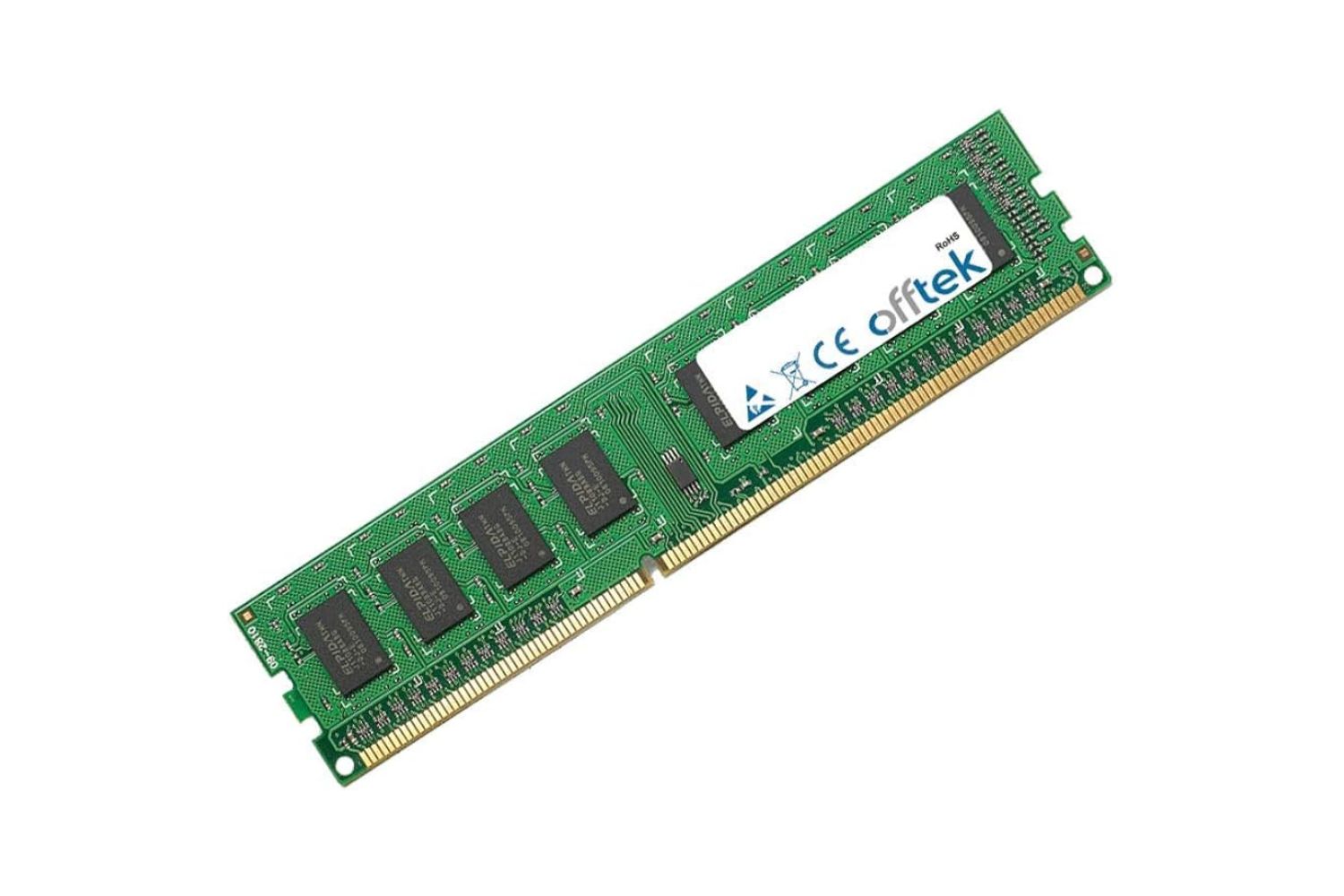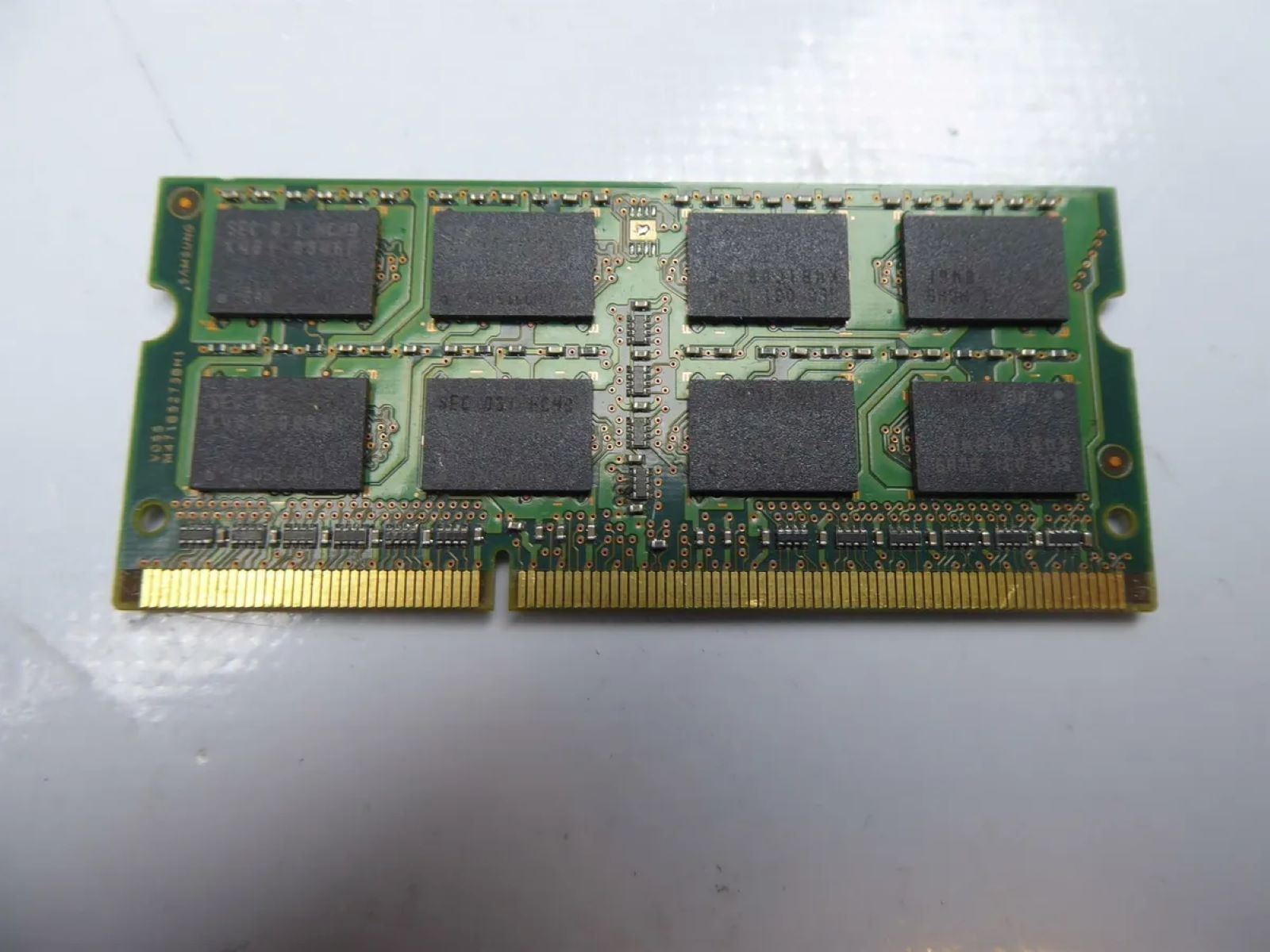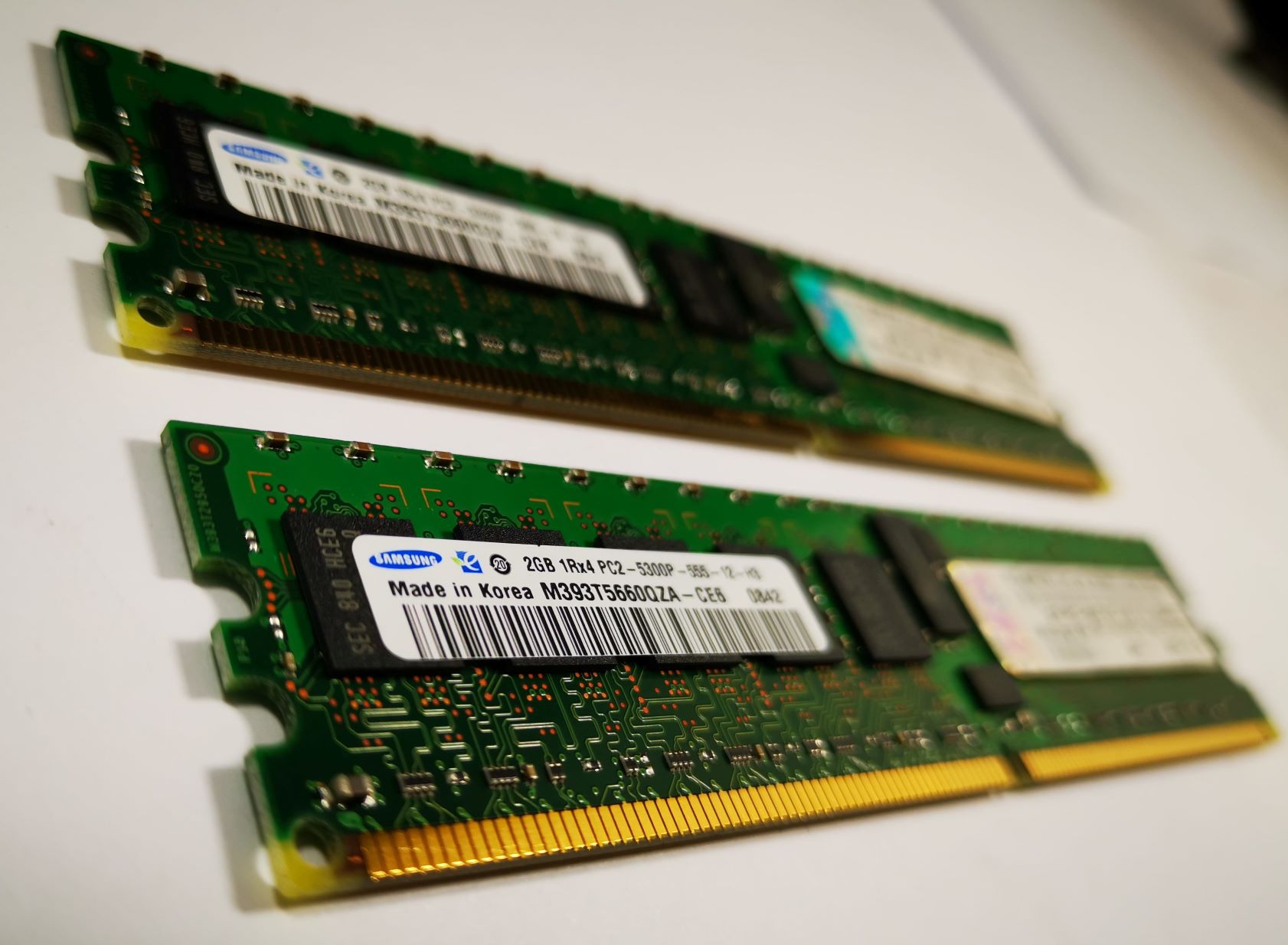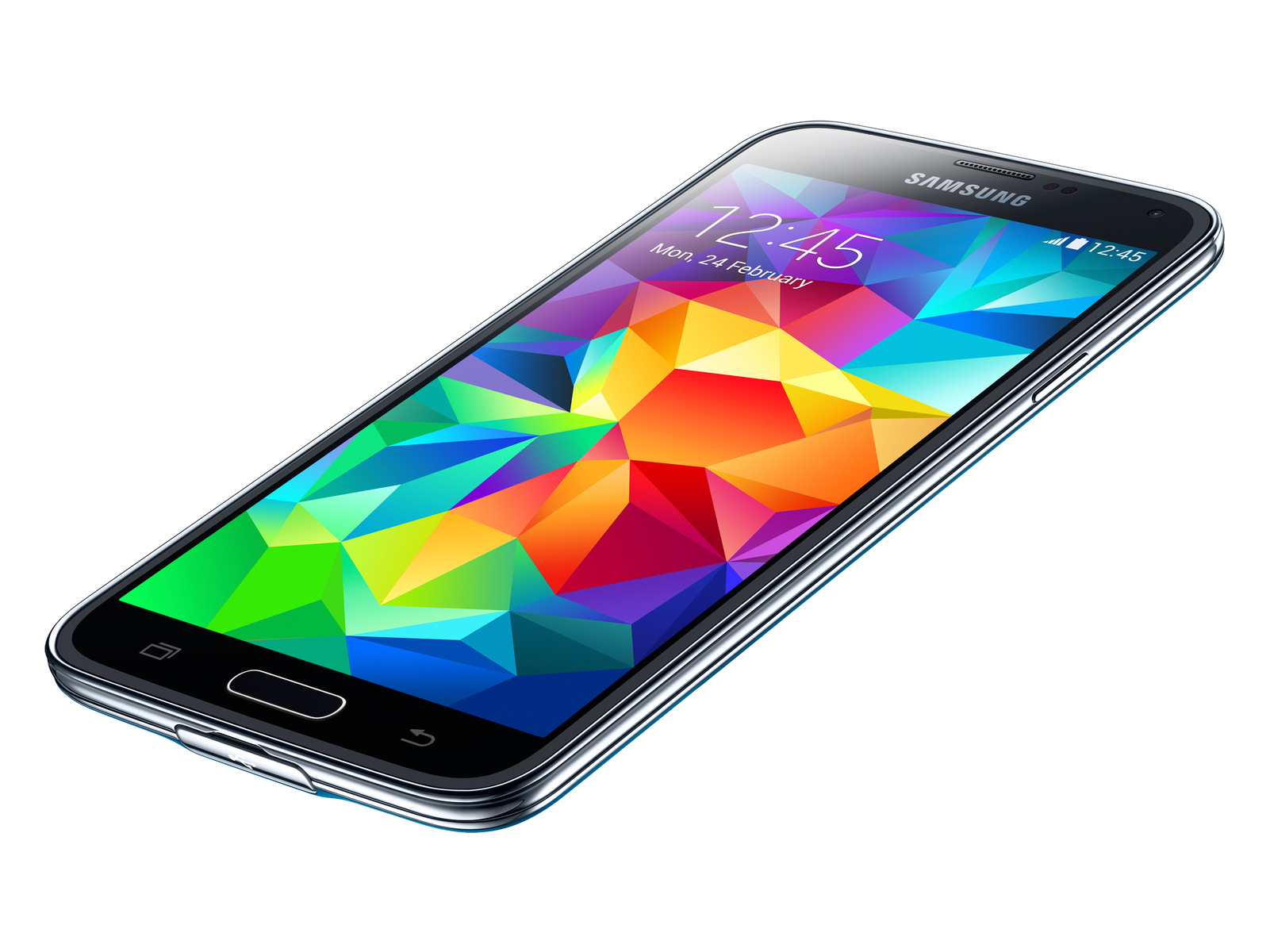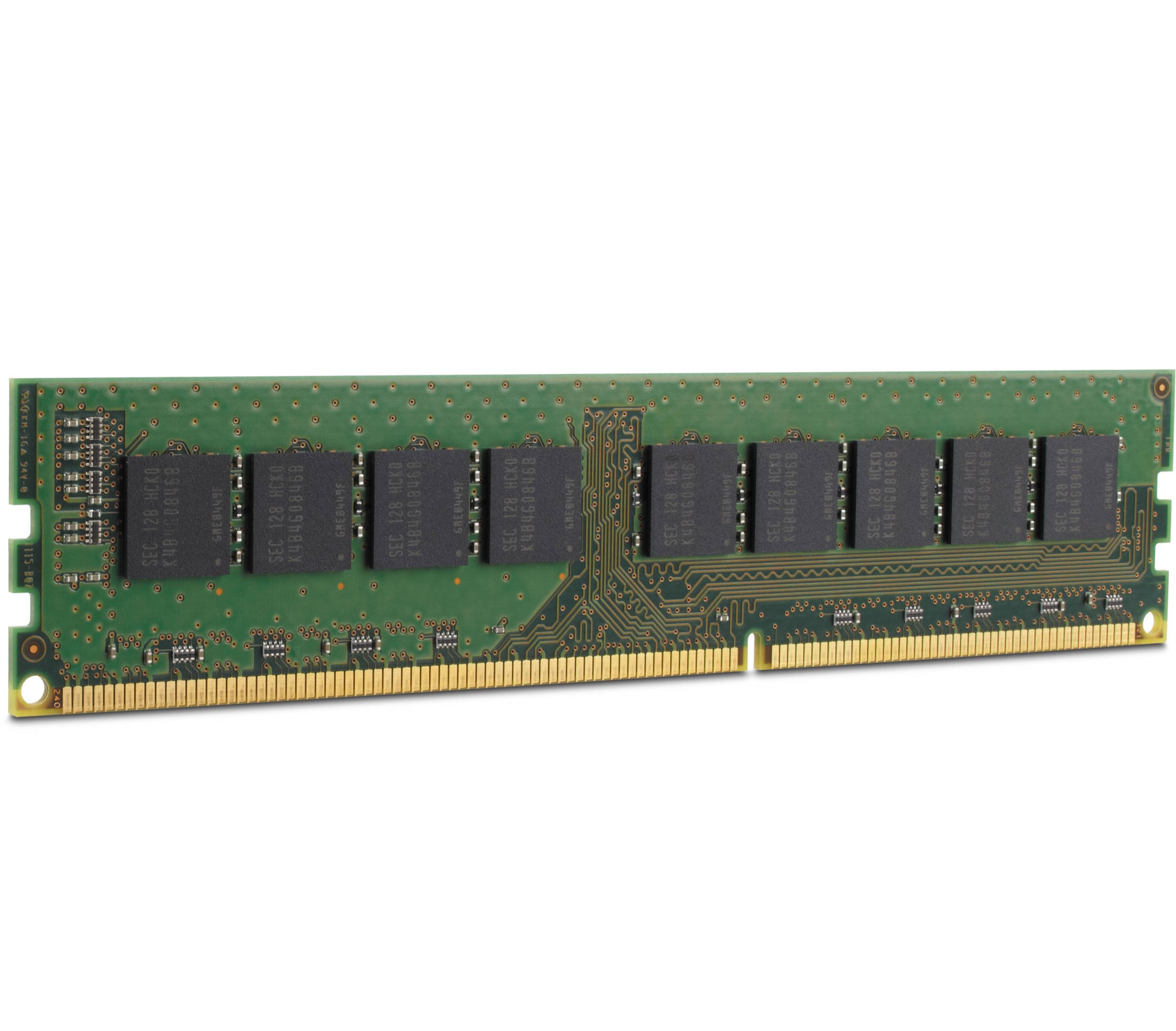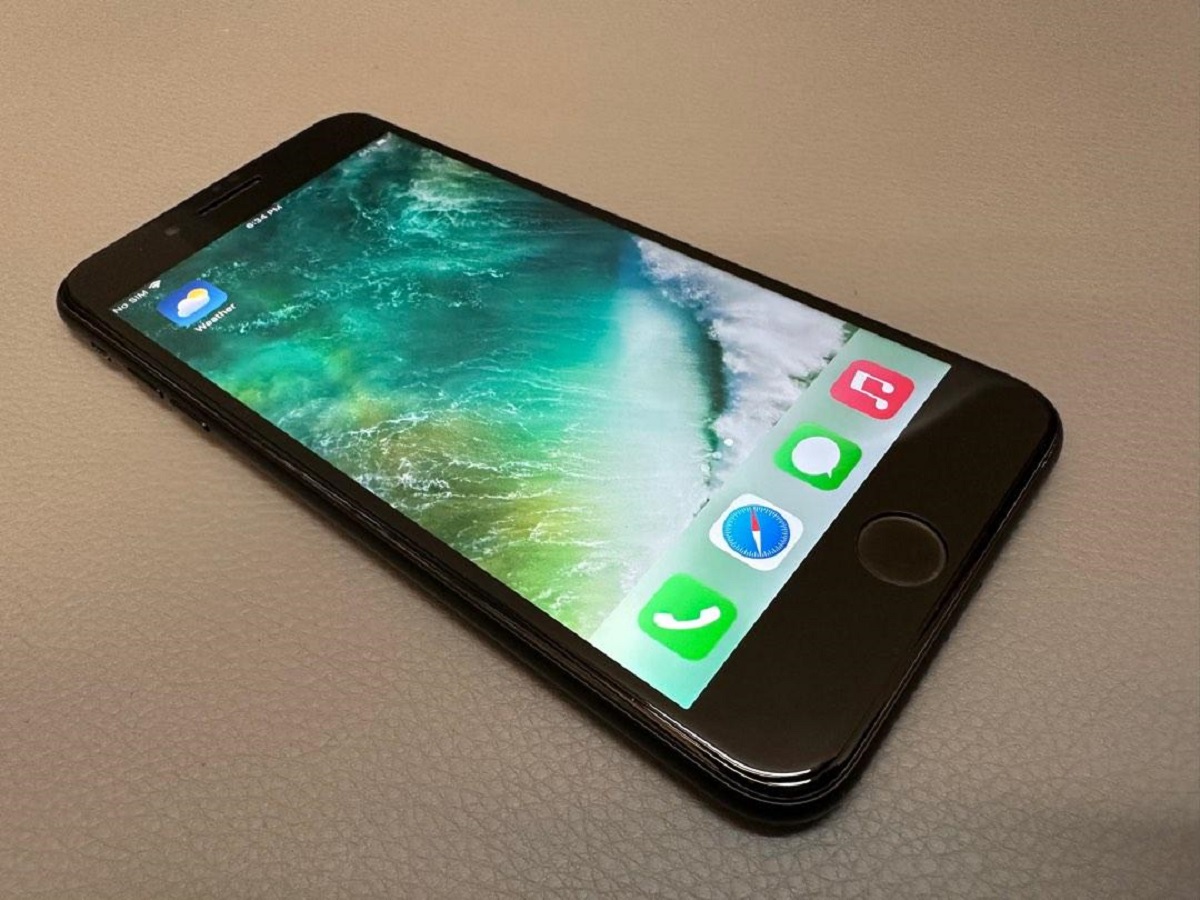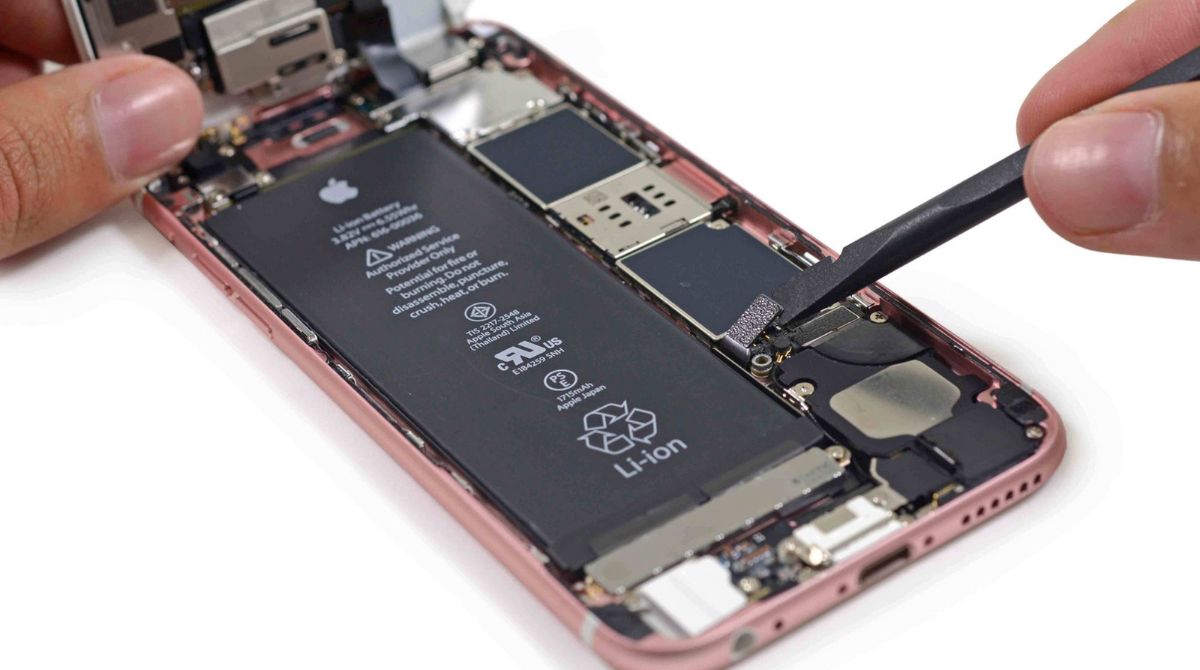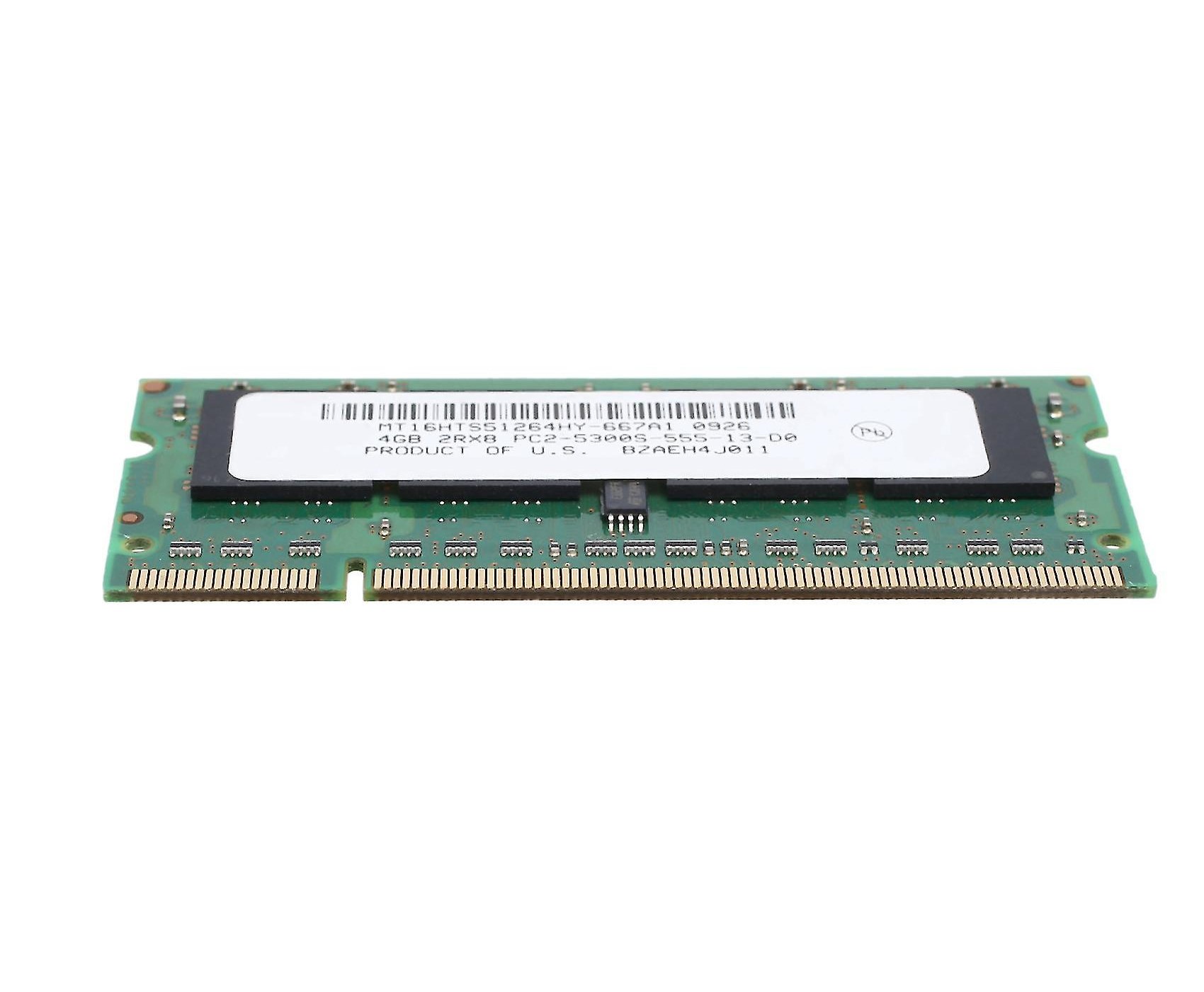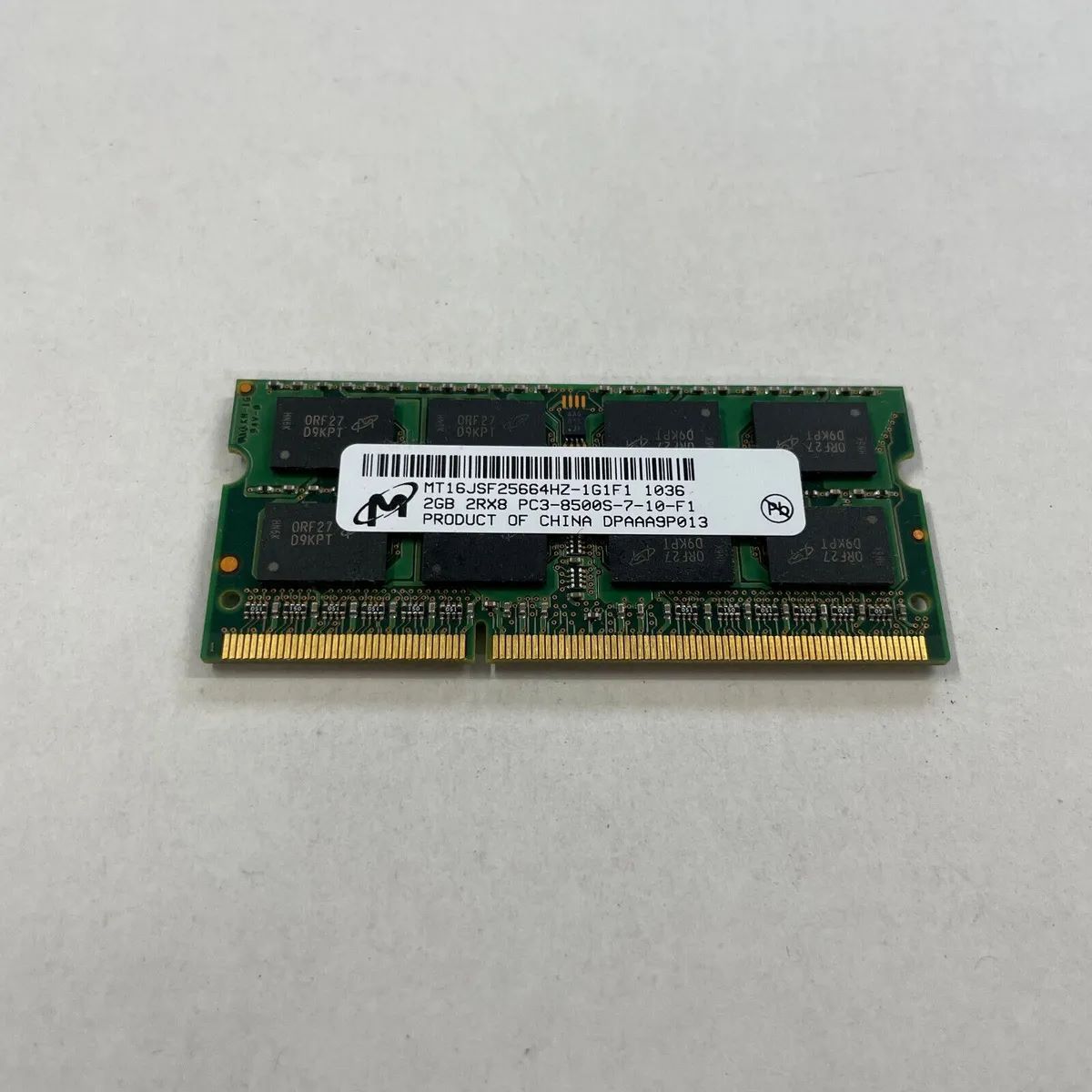Introduction
Welcome to our exploration of 2GB of RAM! In this article, we will delve into the world of random-access memory (RAM) and uncover what exactly 2GB of RAM means for your device’s performance and capabilities.
While many people are familiar with the term “RAM,” not everyone fully understands its role and importance in a computer or mobile device. RAM plays a critical role in determining how smoothly and efficiently your device operates, affecting everything from multitasking to running resource-intensive applications.
In this article, we will break down the concept of RAM and explain its significance in simple terms. We will then examine what 2GB of RAM entails, discussing its implications on the functionality and performance of your device. By the end of this article, you will have a clear understanding of the impact that 2GB of RAM can have on your user experience.
So, whether you’re a tech-savvy individual looking to upgrade your device or simply curious about how RAM affects your everyday computing tasks, let’s dive into the world of 2GB of RAM and discover what it has in store for you!
What is RAM?
Random-access memory (RAM) is a crucial component of any computing device, whether it be a laptop, desktop, or mobile phone. It acts as a temporary storage location that allows the device to quickly access and retrieve data that is actively being used. Unlike long-term storage devices like hard drives or solid-state drives (SSDs), RAM is volatile, meaning that its contents are erased when the device is powered off or restarted.
RAM serves as a high-speed bridge between the device’s processor and its permanent storage. When you open an application or run a program, the necessary files and data are loaded from the storage device and stored in the RAM, allowing the processor to quickly access and manipulate the information. The more RAM your device has, the more data it can store in this temporary memory, resulting in smoother multitasking and faster application loading times.
Think of RAM as a workspace for your device. Just as a larger physical workspace allows you to spread out your materials and work more efficiently, more RAM provides your device with ample room to handle multiple tasks simultaneously without slowing down. This is particularly important for resource-intensive activities such as gaming, video editing, or running virtual machines.
It’s important to note that RAM should not be confused with storage space. While RAM provides temporary memory for immediate access, storage devices (such as hard drives or SSDs) store your files and programs for long-term usage. RAM acts as a bridge between the storage and the processor, facilitating the smooth flow of data to ensure optimal performance.
In the next section, we’ll focus specifically on 2GB of RAM and explore the implications of this memory capacity on your device’s capabilities and performance.
How much RAM do you need?
The amount of RAM you need for your device largely depends on the type of tasks you typically perform and the specific requirements of the applications you use. Different activities and applications have varying memory requirements, and having an adequate amount of RAM ensures smooth performance and responsive multitasking.
For basic everyday tasks such as web browsing, email, and document editing, a minimum of 4GB of RAM is usually sufficient. This allows your device to handle these tasks smoothly without experiencing significant slowdowns. However, as technology advances and software becomes more demanding, it’s becoming increasingly common for 8GB or even 16GB of RAM to be recommended for smooth overall performance.
If you’re into content creation, graphic design, video editing, or other resource-intensive activities, you’ll likely benefit from having 16GB or more of RAM. These applications often require a significant amount of memory to handle large file sizes and complex operations. Having ample RAM ensures that your device can handle these tasks seamlessly, reducing lag and improving productivity.
Additionally, if you’re a gamer, it’s worth considering that many modern games require a large amount of RAM to run smoothly. While 8GB is often considered the minimum for gaming, 16GB or more is now commonly recommended to ensure optimal performance and prevent any bottlenecks that may affect your gaming experience.
It’s also worth noting that the operating system you are using can impact the RAM requirements. For example, if you’re using a resource-intensive operating system like Windows, you may need more RAM compared to a lightweight Linux distribution.
Ultimately, the amount of RAM you need depends on your specific usage patterns and requirements. It’s recommended to have at least 8GB of RAM for most users, but if you engage in memory-intensive tasks or work with demanding applications, it may be worth considering 16GB or more to ensure smooth operations.
Now that we have a general understanding of how much RAM is typically recommended, let’s explore what having 2GB of RAM means in terms of device performance and capabilities.
What does 2GB of RAM mean?
Having 2GB of RAM refers to the amount of random-access memory available on your device. It signifies that your device can store and access up to 2 gigabytes of data at any given time. While 2GB of RAM was once considered a standard amount, it is now considered quite minimal for many modern computing tasks.
With 2GB of RAM, your device can handle basic tasks such as web browsing, email, and word processing. It is sufficient for running lightweight applications and performing simple multitasking, such as having a few tabs open in a web browser while listening to music.
However, it is important to recognize that 2GB of RAM may lead to performance limitations, especially when running more resource-intensive applications or multitasking with multiple applications simultaneously. The limited memory capacity can cause your device to slow down, experience lag, and become unresponsive when memory-hungry processes are running.
Furthermore, as technology advances and software becomes more demanding, the need for greater amounts of RAM becomes increasingly apparent. Many modern operating systems and applications recommend a minimum of 4GB or more for optimal performance and responsiveness. This further highlights the limitations of having only 2GB of RAM.
It’s also important to consider how device specifications impact RAM performance. For example, if you are using a device with a lower-powered processor or integrated graphics, 2GB of RAM may present additional challenges. These devices often share system memory with the GPU (Graphics Processing Unit) or rely on system memory for other essential functions, which can further limit available RAM for general tasks.
In summary, having 2GB of RAM means that your device can handle basic tasks and lightweight applications, but it may struggle when faced with more demanding processes or multitasking. Upgrading to a higher amount of RAM can significantly improve your device’s performance and allow for smoother operations across a wider range of applications and tasks.
What can you do with 2GB of RAM?
Having 2GB of RAM may seem limited compared to higher capacities available today, but it still allows for a range of activities and tasks on your device. While it may struggle with more resource-intensive applications or multitasking, there are still several things you can do with 2GB of RAM.
1. Web Browsing: You can comfortably browse the internet, access websites, and check emails using a web browser. However, keep in mind that having multiple tabs open simultaneously may cause your device to slow down.
2. Word Processing and Spreadsheets: You can use word processing software, such as Microsoft Word or Google Docs, to create documents and write reports. Similarly, you can handle basic spreadsheet tasks with software like Microsoft Excel or Google Sheets.
3. Media Playback: You can watch videos and listen to music without much difficulty. Most media playback software, such as VLC or Windows Media Player, can run smoothly with 2GB of RAM.
4. Simple Photo Editing: Basic photo editing tasks can be accomplished with programs like Adobe Photoshop Elements or GIMP. However, performing complex editing operations or working with large image files may strain your device’s resources.
5. Casual Gaming: With 2GB of RAM, you can enjoy casual gaming. Older or less graphically demanding games can be played smoothly. However, more modern and graphics-intensive games may have performance issues and might not run optimally.
6. Video Calling and Messaging: You can use video call applications like Skype or messaging platforms like WhatsApp without any major issues. These applications generally have low memory requirements and can function well with 2GB of RAM.
7. Basic Productivity Software: 2GB of RAM can handle basic productivity software like Microsoft Office or Google Workspace. You can create presentations, work on spreadsheets, and collaborate on documents without significant performance concerns.
While these activities are possible with 2GB of RAM, it’s important to remember that running multiple resource-intensive applications simultaneously or using more demanding software may cause your device to slow down or become less responsive. It’s important to manage your resources and close unnecessary applications to optimize performance.
In the next section, we’ll discuss some performance considerations when using a device with 2GB of RAM and whether it is worth upgrading to a higher RAM capacity.
Performance considerations with 2GB of RAM
When using a device with 2GB of RAM, there are several performance considerations to keep in mind. While it can handle basic tasks, there are limitations that may affect the overall user experience.
1. Multitasking: Multitasking may be challenging with only 2GB of RAM. Running multiple applications simultaneously can cause your device to slow down or even freeze, especially if those applications are memory-intensive. Switching between applications may also take longer than desired.
2. Application Performance: Resource-intensive applications, such as video editing software or complex games, may struggle to run smoothly with 2GB of RAM. You may experience issues such as lag, long loading times, or crashes when running these applications. It’s important to check the system requirements of such applications and be aware of the possible limitations of your device.
3. Limited Future Compatibility: With technology constantly evolving, newer versions of operating systems and software tend to require more resources. Devices with 2GB of RAM may not be able to handle future software updates and may become outdated sooner. This could result in compatibility issues or even prevent you from accessing certain features or programs.
4. Web Browsing: While basic web browsing is possible, modern websites with complex elements and multimedia content may cause your device to struggle. Websites with heavy JavaScript or Flash elements, as well as those that display high-resolution images or videos, may take longer to load or behave sluggishly.
5. System Responsiveness: Devices with limited RAM may experience reduced overall responsiveness. Opening applications, switching between tasks, or performing operations that require substantial memory usage may lead to delays or unresponsive behavior.
6. Storage Considerations: A device with only 2GB of RAM may rely more heavily on virtual memory, which involves using part of the storage drive as an extension of RAM. This can slow down performance as reading and writing data from the storage drive is slower than accessing data from RAM directly.
It’s important to manage your device’s resources efficiently when operating with limited RAM. Closing unnecessary applications and background processes can help free up memory and improve overall performance. Additionally, regularly optimizing your device, such as clearing cache and temporary files or running disk cleanup, can also help maintain smooth operation with 2GB of RAM.
In the next section, we’ll discuss whether it is worth upgrading to a higher RAM capacity or if 2GB is sufficient for your needs.
Should you upgrade to more than 2GB of RAM?
Whether or not you should upgrade to more than 2GB of RAM depends on your personal usage patterns, the specific requirements of the applications you use, and your overall computing needs. While 2GB of RAM can handle basic tasks, upgrading to a higher RAM capacity can provide several benefits.
1. Improved Performance: Upgrading to more RAM allows your device to handle more demanding applications and multitasking scenarios. You’ll experience smoother performance, faster load times, and reduced lag, especially when running resource-intensive tasks such as video editing, gaming, or virtual machines.
2. Future-Proofing: As software becomes more demanding, having a higher amount of RAM ensures compatibility with future updates and applications. It helps prolong the lifespan of your device before it becomes inadequate for newer software versions.
3. Better Multitasking: With additional RAM, you’ll have the freedom to run multiple applications simultaneously without experiencing significant slowdowns. This is particularly beneficial if you frequently work with multiple programs or browser tabs open at the same time.
4. Enhanced Creativity and Productivity: If you’re into content creation, graphic design, or other creative pursuits, more RAM allows for smoother operation of memory-intensive applications. You can work with larger file sizes, render complex 3D images or videos, and handle other resource-intensive tasks more efficiently.
5. Gaming Performance: Upgrading to more RAM can significantly improve gaming performance, especially with modern games that require substantial memory resources. You’ll experience faster load times, smoother gameplay, and reduced stuttering or frame rate drops.
It’s important to consider the requirements of the applications you use and the recommended RAM capacity for optimal performance. While 2GB of RAM may be sufficient for basic tasks, consider upgrading to 8GB or more if you engage in memory-intensive activities, run demanding applications, or use your device for gaming purposes.
Additionally, it’s essential to check your device’s capability to support higher RAM capacities. Some older devices or laptops may have limitations on the maximum amount of RAM they can accommodate. Consulting the device’s specifications or seeking professional advice can help ensure a successful upgrade.
Ultimately, upgrading to more than 2GB of RAM can significantly enhance your device’s performance and allow for a smoother and more efficient user experience. Carefully assess your computing needs and consider the benefits of increased RAM capacity to decide if an upgrade is worth it for you.
Conclusion
In conclusion, the amount of RAM in your device plays a crucial role in its performance and capabilities. While 2GB of RAM can handle basic tasks, it may struggle with more demanding applications and multitasking scenarios. Upgrading to a higher RAM capacity, such as 8GB or more, can significantly improve your device’s performance, responsiveness, and ability to handle resource-intensive tasks.
RAM serves as a temporary storage location that allows your device to quickly access and retrieve data. It acts as a bridge between the processor and permanent storage, facilitating smooth operations and speedy multitasking. The more RAM you have, the more data your device can store in temporary memory, resulting in smoother overall performance.
When considering whether to upgrade to more than 2GB of RAM, it’s important to assess your specific usage patterns and requirements. Activities such as content creation, gaming, or multitasking with resource-intensive applications can benefit from higher RAM capacities. Additionally, considering the compatibility of your device with higher RAM capacities is essential.
While 2GB of RAM may be sufficient for basic tasks like web browsing, email, and word processing, it may struggle with multitasking or running more demanding applications. As technology advances and software becomes more resource-intensive, having a higher amount of RAM can ensure future compatibility and provide a smoother user experience.
Ultimately, the decision to upgrade to more than 2GB of RAM depends on your unique needs and priorities. Assess your usage patterns, evaluate the recommended RAM requirements of the applications you use, and consider the benefits of increased RAM capacity for improved performance and productivity. With the right amount of RAM, you can unlock the full potential of your device and enjoy a seamless computing experience.







